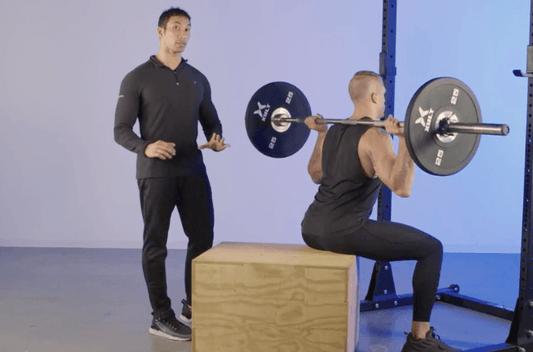

Top 8 Tips to Improve Your Running
Table of Contents
Are you looking for ways to improve your current running style? Check out our top eight tips below to help you run faster and further than ever before!
Land on your forefoot
Let’s be honest—running can take a serious toll on your joints. This is why it is important to understand the mechanics of your body and how to implement an effective running stride. While there are a lot of tips and tricks you can use to “perfect” your running style, research shows that landing on your forefeet can significantly minimize the impact on your joints versus landing on your heels.
Let your chest be the leader
Many people have a natural tendency to hunch over and around their shoulders while running which can negatively impact breathing and put additional stress on the neck. When running, focus on keeping your shoulders back and leading with your sternum to support optimal breathing and a more effective run.
Relax your grip
It is common for runners to hold tension in their upper bodies which consequently wastes energy that could otherwise be used more effectively for the run itself. Next time you’re out for a jog, try focusing on maintaining a relaxed grip. In doing so, this will naturally loosen up tension in your shoulders and back—helping you to have a more efficient workout.
Incorporate Interval Training
Interval training can significantly support the speed of your runs. Whether you’re on a treadmill or running outside, start including intervals into your runs (i.e. 30 seconds at full speed followed by 20 seconds of walking). Adding these short interval bursts throughout your run will help you build power, increase speed and prolong endurance.
Slow down your breathing
During your runs, particularly longer runs, try focusing on slowing down your breathing. It is common for runners to quicken their breath during a run—especially when they get tired. However, doing so can cause an accumulation of CO2 in your lungs which will starve your lungs of oxygen. By slowing down your breathing, you can support a better flow of oxygen into your lungs which will ultimately make your overall run much easier.
Include plyometric training in your regimen
Conditioning is key when it comes to improving your run. Your body acts like a spring when running; muscles and tendons stretch like rubber bands and absorb energy on every impact. Incorporating plyometric moves into your regimen such as box jumps are a great way to condition your “springs” (or muscles) to utilize energy more efficiently and support a more effective run.
Foam roll after your run
While stretching will always be important, foam rolling is a powerful post-running tool to help you loosen up the muscles that tighten up during your cardio session. When foam rolling, focus on your IT bands, glutes, inner and outer hips, hamstrings and calves to stretch out the myofascial tissues in these areas. Doing so will help you recover from your run and prep your muscles for the next running endeavor.
Stop using your running shoes for walking
You wouldn’t play tennis with a golf club or use a volleyball for playing football. Similarly, you shouldn’t use your running shoes for any other activity besides running. We do not run the same way we walk because the amount of pronation and supination of the ankles and feet are different for running versus walking. As such, keep those running shoes specific to running.

















